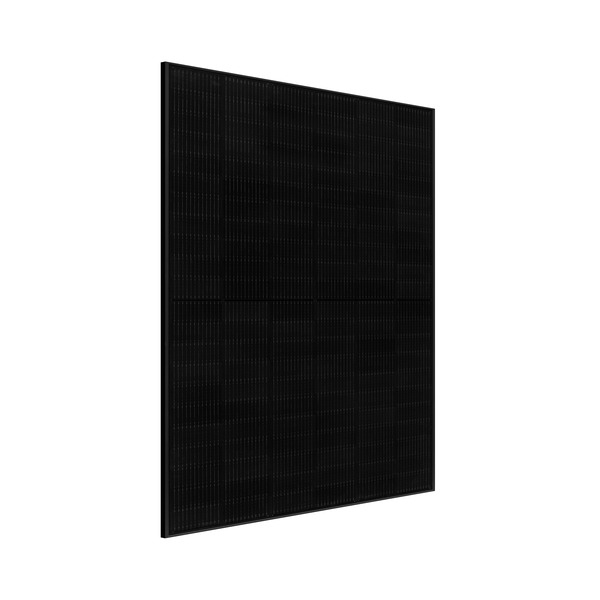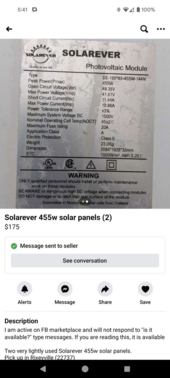newbiesolar
New Member
Hi Watchdog, thanks for sharing the invaluable info. I'm very new to power station and solar charging. I got Anker 767 bundle with two 531 solar panels (200w) for 1 month. They are only drawing 280-300w total in noon time.. I'm thinking to add two more flexible panels description below, connect them in series using a MC4 to XT60 cable and then plug them to Anker 767; and connect the two 531 solar panels to Anker 767. Do you think this setting will work?
Topsolar Flexible Solar Panel 360W 24V/12V Monocrystalline Bendable - 2 * 180 Watt 12Volt
Topsolar Flexible Solar Panel 360W 24V/12V Monocrystalline Bendable - 2 * 180 Watt 12Volt
- Maximum Power at STC*: 180 Watt
- Maximum Power Current (lmpp): 8.37A
- Maximum Power Voltage (Vmpp): 21.5V
- Open-Circuit Voltage (Voc): 25.6V
- Short-Circuit Current (Isc): 8.87A




